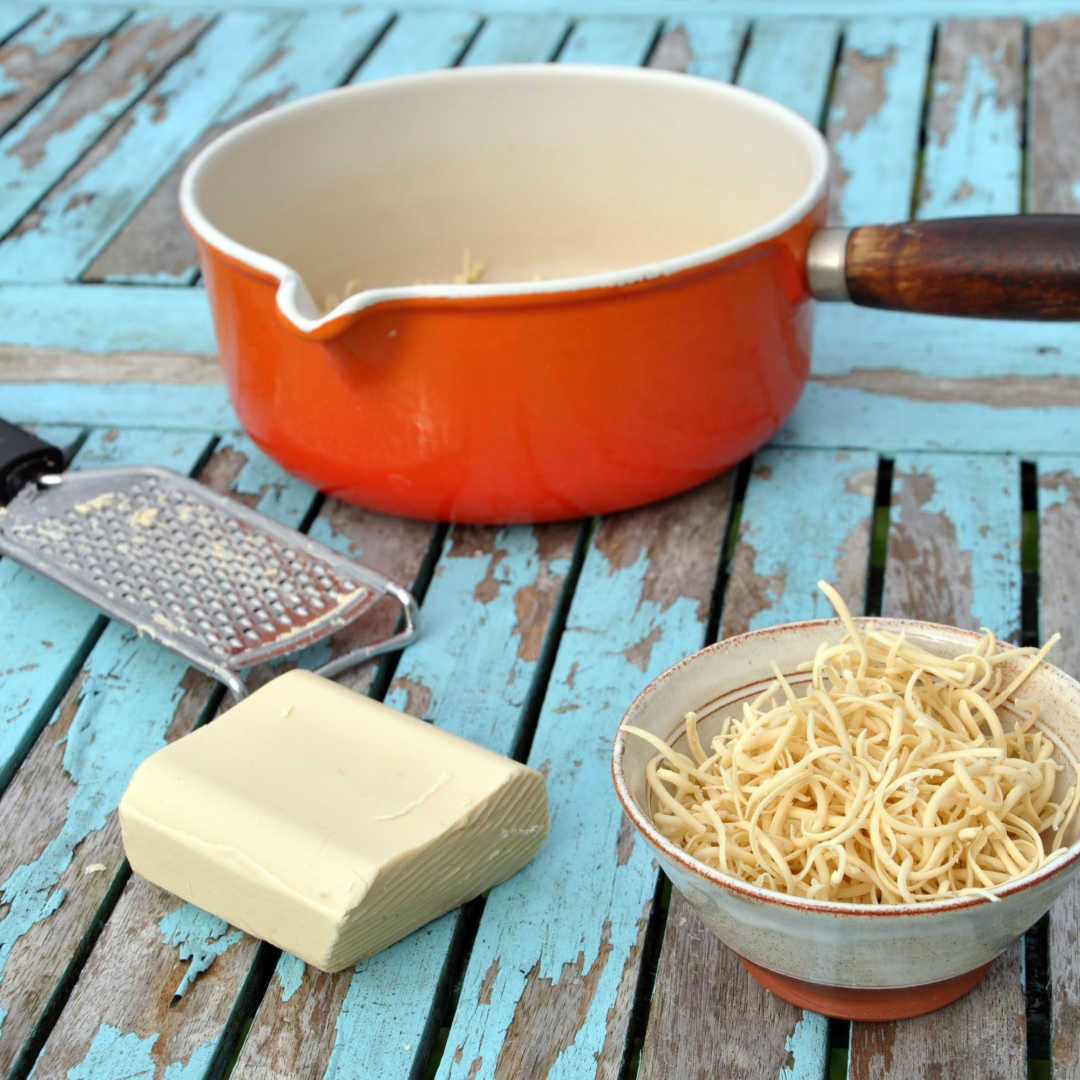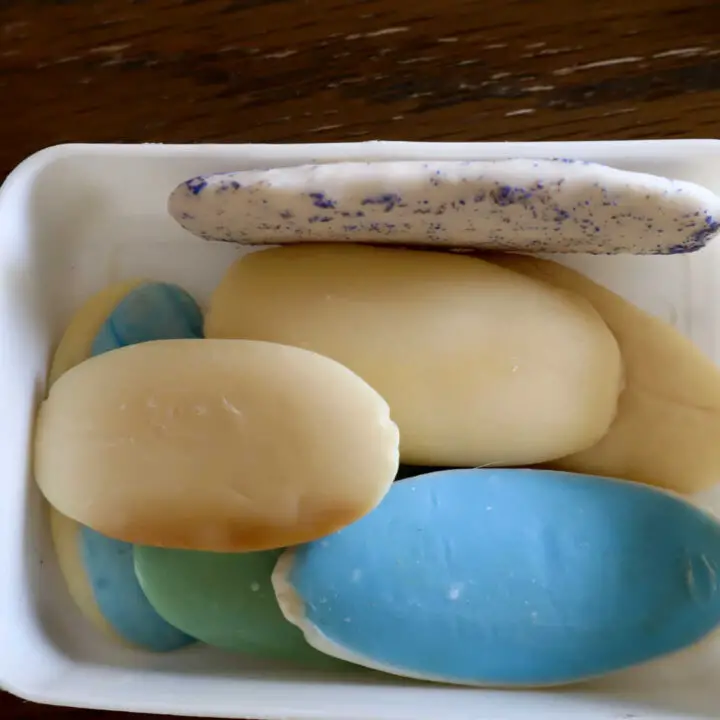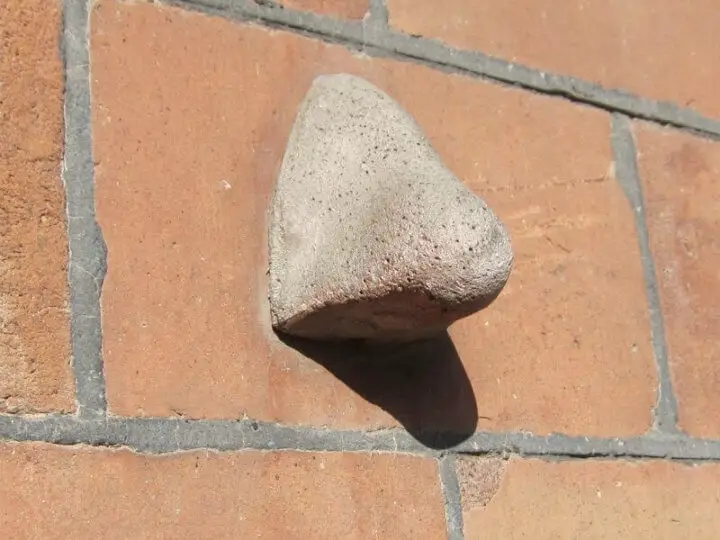
If you’re an avid wet shaver, chances are you’ve accumulated a collection of shave soap remnants—those stubborn slivers and leftover pucks that seem too good to throw away, yet too small or awkward to use comfortably. Instead of letting these fragments gather dust or go to waste, why not combine them into a single, unique puck? Not only is this a sustainable approach, but it can also result in a “frankensoap” with a custom scent and lather profile tailored to your preferences.
Step-by-Step: Combining Your Shave Soap Remnants

1. Gather and Prepare Your Soap Scraps
Start by collecting all your soap remnants. For the best results, you’ll want to:
- Grate or Shred Hard Soaps: Use a cheese grater or food processor to turn hard or triple-milled soaps into fine shreds. This increases surface area and ensures even mixing.
- Break Up Softer Soaps: For croaps or melt-and-pour bases, simply break them into small pieces or mash them by hand.
2. Mix Thoroughly for Uniformity
To achieve an even blend of different soap bases:
- Combine All Pieces: Place all grated and broken pieces into a large bowl.
- Mix Well: Use your hands or a spoon to mix the pieces thoroughly, ensuring that different colors, scents, and textures are evenly distributed.
- Optional—Add Isopropyl Alcohol: Lightly mist the mixture with 99% isopropyl alcohol. This helps the pieces bind and eliminates air bubbles, especially useful if you’re layering different soaps.
3. Choose the Right Binding Method
The method you use depends on the hardness and formulation of your soaps:
For Hard and Triple-Milled Soaps (and Mixed Bases):
- Manual Pressing: After mixing, press the soap mixture firmly into your chosen mold, mug, or bowl. Use the heel of your hand or a flat tool to compact the soap as much as possible. A few drops of warm water can help the pieces stick together.
- No Melting: Do not attempt to melt hard soaps in the microwave or on the stove—they won’t melt and may lose their lathering ability.
For Soft, Melt-and-Pour, or Glycerin Soaps:
- Melting Method: Place the pieces in a microwave-safe bowl and heat in short bursts (10–20 seconds at a time) until softened. Alternatively, use a double boiler for gentle, even heating.
- Mix and Mold: Once soft, stir to combine, then pour or press into your mold. Let cool and harden.
For Creams or Very Soft Soaps:
- Manual Mixing: Simply mash the creams and soft soaps together by hand, then press into your container. The result will be a softer, croap-like puck.
4. Let the Puck Set
Allow your new soap puck to cure and harden for several hours, or overnight if possible. This helps the various pieces bind together and allows the scents to meld.
Why Combine Shave Soap Remnants?
Combining soap remnants is more than just a thrifty practice; it’s an opportunity to experiment and create something truly your own. Here’s why it’s worth doing:
- Reduce Waste: Make the most out of every soap purchase and minimize environmental impact.
- Customize Performance: Blend soaps with different properties to create a puck that lathers easily, provides excellent glide, and leaves your skin feeling great.
- Craft Unique Scents: Mix and match fragrances to develop a signature scent or discover unexpected combinations.
- Save Money: Get more shaves out of your existing collection before buying new products.
Understanding Shave Soap Formulations
Before diving into the process, it’s important to understand the types of shave soaps you might be working with:
- Triple-Milled Soaps: These are hard, dense soaps often found in traditional brands. They’re long-lasting but do not melt easily.
- Non Triple-Milled/Artisan Soaps: These can range from soft “croaps” to medium-firm pucks. Many artisan soaps are easier to manipulate and sometimes can be melted gently.
- Tallow-Based Soaps: Made with animal fat, these are prized for their creamy, protective lather.
- Non-Tallow (Vegan) Soaps: Made with plant oils and butters, these can be just as luxurious and are often softer.
- Melt-and-Pour/Glycerin Soaps: Typically translucent and soft, these can be melted in the microwave or double boiler.
Each type has its own handling requirements, especially when it comes to combining and molding.
Scent Pairing: Crafting Your Signature Aroma

One of the advantages of combining shave soaps is the potential for unique scent combinations. Here’s how to approach scent pairing:
- Complementary Scents: Citrus blends well with herbal or floral notes; woody and spicy scents pair nicely with vanilla or musk.
- Test Before Committing: Rub two soap pieces together and smell the result, or lather each separately and combine the lather in your hands.
- Beware of Strong Notes: Scents like menthol, eucalyptus, or strong spices can easily overpower milder fragrances. Use sparingly if you want a balanced aroma.
- Boost or Adjust Scent: If the final puck’s scent is too weak or not to your liking, add a few drops of essential oil to the mixture before pressing.
Performance Tips: Getting the Best Lather
Here’s how combining different soap bases can enhance your shaving experience:
- Blending Hard and Soft Soaps: Hard soaps add longevity, while softer soaps can improve latherability. The blend often yields a puck that’s easier to load and lasts longer.
- Mixing Tallow and Non-Tallow: You’ll get the creamy, cushioning lather of tallow with the slickness and post-shave feel of vegan bases.
- Creams and Soaps: Adding a bit of cream to a hard soap can create a “superlather,” making it easier to whip up a rich, protective foam.
If your final puck is too soft, let it cure uncovered for a few days. If it’s too hard or difficult to lather, try blooming it (adding a little warm water before loading your brush).
Troubleshooting and FAQs
Can I combine soaps with very different formulations?
Yes! Just be sure to grate or shred hard soaps and mix thoroughly. The final performance will be a blend of the original soaps’ characteristics.
What if my puck falls apart?
Try re-pressing with a little more warm water or isopropyl alcohol. Allow extra curing time.
Can I melt all types of shave soap?
No. Only melt-and-pour or very soft soaps should be melted. Hard, triple-milled, or tallow soaps should be grated and pressed.
What if I don’t like the scent?
Use the soap as a hand soap or experiment with adding essential oils to adjust the fragrance.
Conclusion
Combining shave soap remnants isn’t just practical—it’s creative, sustainable, and fun. By understanding the properties of different soap bases and following the techniques outlined above, you can craft a unique shave puck that delivers great performance and a custom scent. So dig out those soap scraps, get mixing, and enjoy the satisfaction of turning leftovers into lathering gold!
Have you tried making your own frankensoap? Share your tips and favorite scent combinations in the comments below!

I have combined the remnants of soaps for years. For hard soaps I use a rotary cheese grater. For soft soaps, I just scoop a bit into the mixture. I use a few drops of liquid glycerine and then thoroughly mix the contents and then press the mixture into a container. The last batch I made contained bits of Tabac and Valobra shave sticks, AoS tallow sandalwood soap, Williams, and Cella.
i have mixed soaps once. but once i have them mixed i usually just use them for bathing/ showering. that’s because it was a mix of regular bar soap and shave soap. it wasn’t bad for showering with, but shaving…….i didn’t think it was good enough for that. but that was because of the mix . i have a puck size container and it looks like it will be very similar but different because of the different soaps and most likely be used in the shower. but mixing different shave soaps only i haven’t done that yet. when that time comes, probably will just mash in the container. i have used just shave soap for the shower before though. it seems to work ok for cleaning your hair down to toes and everything in between……. Thanks for this article!!!
Very interesting article.
I’ve been playing it a little differently. After I am finished lathering up I squeeze the remaining lather from the brush into a shaving mug. While I haven’t scientifically measured what is left it is relatively substantial. Since it is all dried out lather, rather than a hard soap, it all compresses very well. I would guess that it leaves me with about 50-75% of the original soap. If the puck cost $1,000 then I will have about $500-$750 worth of soap to lather.